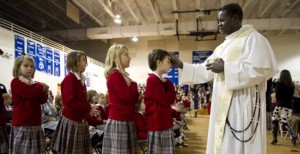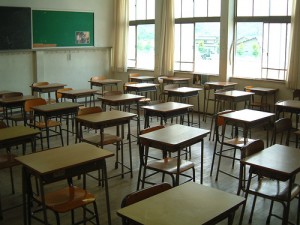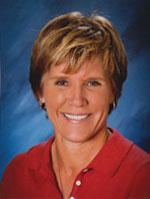 One of the great pleasures of teaching in Catholic schools is the inspiration I receive daily from my colleagues. It’s a privilege to work with such dedicated, faith-filled people who tirelessly strive to build up the Kingdom of God. One of those witnesses to faith is my teaching partner, Kolleen Murray. Kolleen and I have worked together for over a decade teaching eighth graders at All Saints Catholic School in Spokane, Washington. This year Kolleen received the NCEA’s Distinguished Teacher Award, and was featured in an article on Catholic Schools Week by Our Sunday Visitor:
One of the great pleasures of teaching in Catholic schools is the inspiration I receive daily from my colleagues. It’s a privilege to work with such dedicated, faith-filled people who tirelessly strive to build up the Kingdom of God. One of those witnesses to faith is my teaching partner, Kolleen Murray. Kolleen and I have worked together for over a decade teaching eighth graders at All Saints Catholic School in Spokane, Washington. This year Kolleen received the NCEA’s Distinguished Teacher Award, and was featured in an article on Catholic Schools Week by Our Sunday Visitor:
Murray, 50, is one of 12 current National Catholic Educators of the Year, recognition given by the National Catholic Education Association, and she represents five Western states. She has been a teacher for 12 years and currently teaches an eighth-grade class at All Saints Catholic High School in Spokane, Wash.
And it began, she said, with somewhat of a miracle.
Murray was hired in May 2000, and in June, she wrecked on a bike, sustaining a traumatic brain injury that landed her in the hospital for two weeks and in rehabilitation for months. During that time, teachers brought food and cleaned her house. Kathy Hicks, her principal, came to walk with her arm in arm.
“I told her that she needed to hire someone else,” Murray said. “But she told me that she would teach my classes, and her colleagues would teach my classes, until I got better. That is the miracle of this ministry, that Kathy would not hire someone else. I came to this ministry with a very grateful heart. Can you imagine so much support and so much love? It was beautiful.”
Murray could teach for only two hours each morning when classes resumed, and by October, her strength returned.
“The students knew from Day One that I had a brain injury, and that it would be we as a community, we as the body of Christ, that would facilitate the learning,” she said.
Read more about Kolleen and Catholic schools, including an interview with our superintendent Duane Schafer, at Our Sunday Visitor.
In the parable of the sower, Jesus taught his disciples that God’s word must be nurtured to yield a fruitful harvest, words that four members of the Briant family — sisters — have taken to heart.
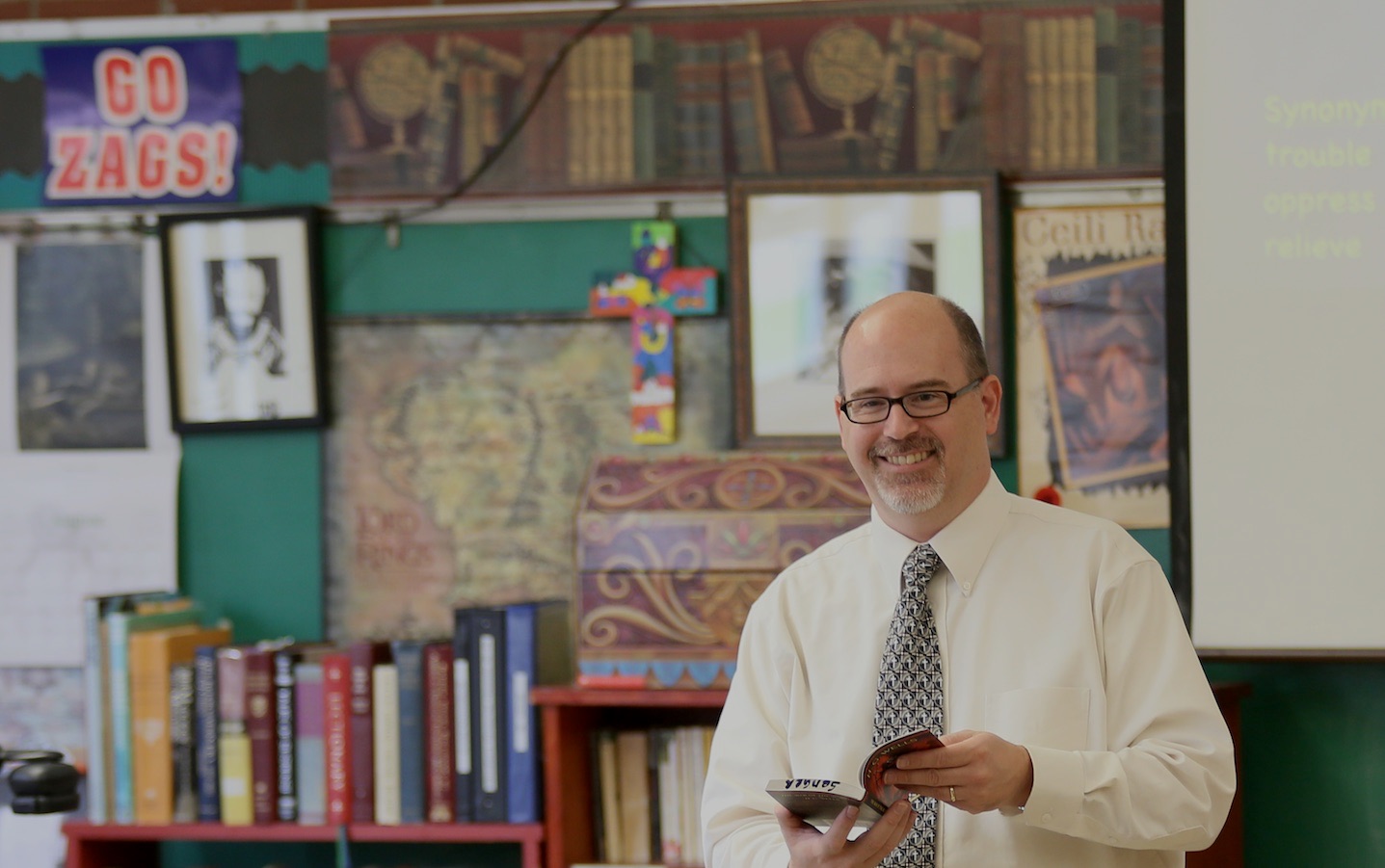
 One of the great pleasures of teaching in Catholic schools is the inspiration I receive daily from my colleagues. It’s a privilege to work with such dedicated, faith-filled people who tirelessly strive to build up the Kingdom of God. One of those witnesses to faith is my teaching partner, Kolleen Murray. Kolleen and I have worked together for over a decade teaching eighth graders at All Saints Catholic School in Spokane, Washington. This year Kolleen received the NCEA’s Distinguished Teacher Award, and was featured in an
One of the great pleasures of teaching in Catholic schools is the inspiration I receive daily from my colleagues. It’s a privilege to work with such dedicated, faith-filled people who tirelessly strive to build up the Kingdom of God. One of those witnesses to faith is my teaching partner, Kolleen Murray. Kolleen and I have worked together for over a decade teaching eighth graders at All Saints Catholic School in Spokane, Washington. This year Kolleen received the NCEA’s Distinguished Teacher Award, and was featured in an 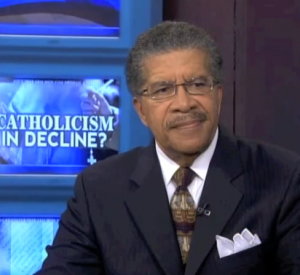 Are Catholic schools closing because Catholicism is in decline, or is Catholicism in decline because Catholic schools are closing? That’s just one of the questions Lynn Doyle asks of her guests in this 24-minute program. She begins her show with guest Jerry Davis, one of the members of the Archdiocese of Philadelphia Blue Ribbon Commission on Catholic schools, and ends it with a panel that includes Bob McCarty, executive director at the National Federation for Catholic Youth Ministry. Most provocative soundbyte? “Catholics have contracepted and aborted themselves into a decline.”
Are Catholic schools closing because Catholicism is in decline, or is Catholicism in decline because Catholic schools are closing? That’s just one of the questions Lynn Doyle asks of her guests in this 24-minute program. She begins her show with guest Jerry Davis, one of the members of the Archdiocese of Philadelphia Blue Ribbon Commission on Catholic schools, and ends it with a panel that includes Bob McCarty, executive director at the National Federation for Catholic Youth Ministry. Most provocative soundbyte? “Catholics have contracepted and aborted themselves into a decline.”